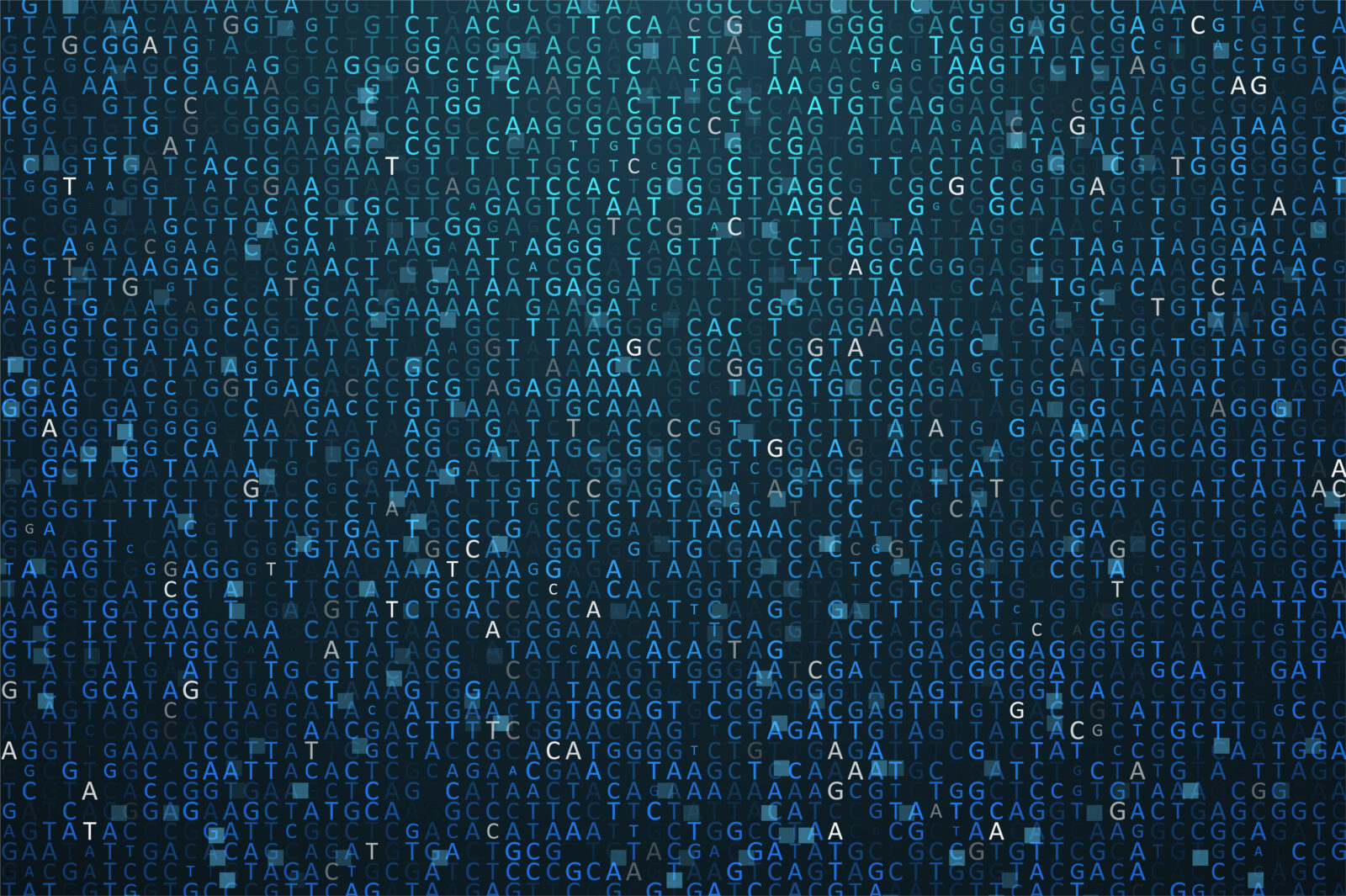Casey Luskin Reflects on His Recent Junk DNA Debate
For decades we were told that non-coding regions of our DNA are littered with evolutionary junk. But in recent years, numerous discoveries have revealed that function is the rule, not the exception, in the genome. On this episode of ID The Future, Casey Luskin reflects with host Jonathan McLatchie about his recent debate over junk DNA with Rutgers University evolutionary biology professor Dr. Daniel Stern Cardinale, known as Dr. Dan online.
Despite a paradigm shift in attitudes toward junk DNA, some evolutionary scientists today are still strongly pushing the idea that our genome is largely junk. In representing this view, Dr. Dan’s main argument is that the majority of non-coding DNA is being transcribed, yes, but at an average level far too low to possibly be functional. But in preparing for the debate, Luskin and his colleagues took a deep dive into the literature and found that, on the contrary, low-level non-coding DNA still demonstrates function, and understandably so. Luskin explains: “The vast majority of our genome may only be active in certain cell types in certain parts of the human life cycle, so it’s not actually being used most of the time. That doesn’t mean it’s not important. That doesn’t mean it doesn’t have an important function in situations where it is activated and being used.”
Luskin breaks down the main points he made in his debate as well as Dr. Dan’s responses. He and McLatchie conclude with a reminder of why intelligent design is a far superior approach to studying the genome than an evolutionary approach.
Dig Deeper
- Here’s a list of 800(!) papers (and counting) showing function for non-coding regions of DNA.
- Watch the debate in video form below!
